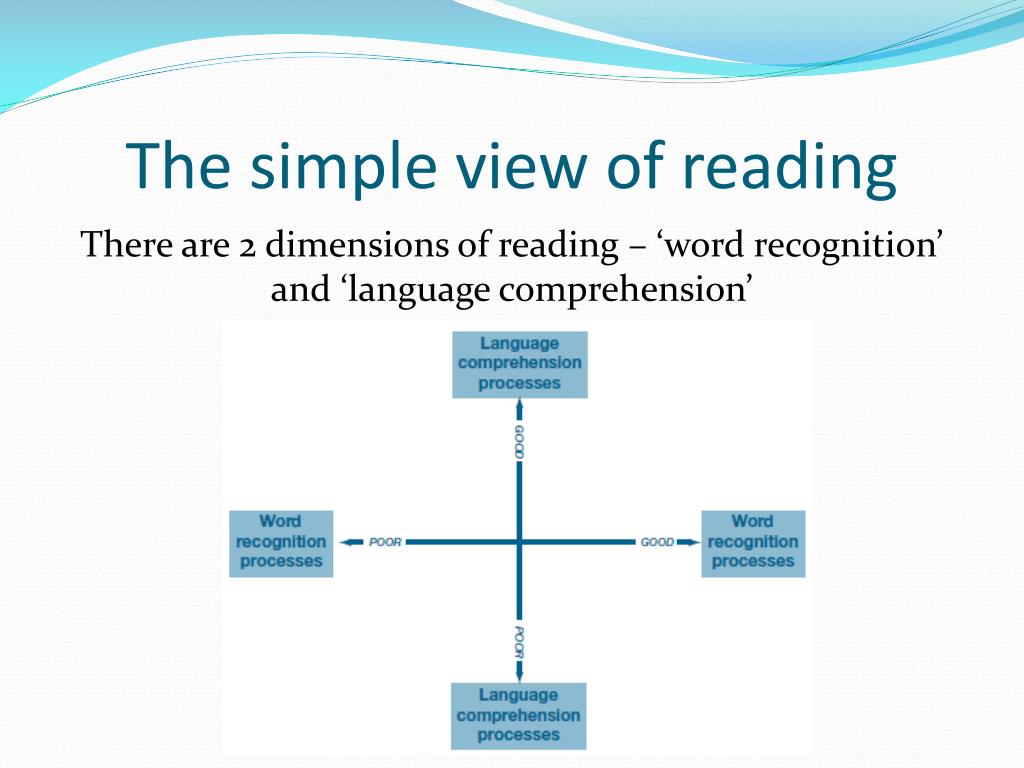

Using cross-classified hierarchical linear modeling, variance in students' posttest scores could adequately be explained by students' initial encoding and decoding abilities, classroom and intervention encoding instruction time, and the number of supplemental integrated encoding and decoding intervention lessons received.

An instructional design model was investigated to best fit the data of 175 first-grade readers at risk for reading disabilities. The purpose of this study was to determine whether integrating encoding instruction with reading instruction provides stronger gains for students who struggle with reading than instruction that includes little or no encoding.


 0 kommentar(er)
0 kommentar(er)
